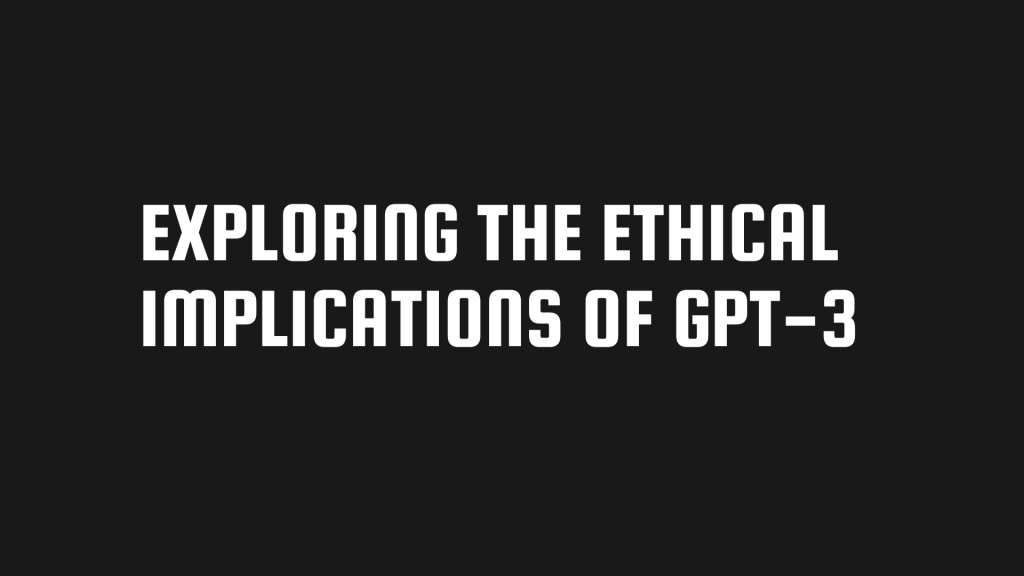
GPT-3, or the Generative Pre-trained Transformer 3, has raised a number of ethical concerns with its ability to generate human-like text. Developed by OpenAI. GPT-3 is one of the largest and most powerful language models ever created, with a capacity of 175 billion parameters. In this article, we will examine the potential risks and benefits of GPT-3 and discuss how to use this technology in a responsible and transparent manner.
One potential risk of GPT-3 is the ability to deceive others. The model’s realistic text generation could be used to produce fake news or misinformation, causing harm to individuals or companies. Cybercriminals could also use GPT-3 to create convincing phishing emails or spam comments.
On the other hand, GPT-3 has the potential to improve communication and education. The model could enhance machine translation and create personalized content for e-learning platforms or news feeds. GPT-3 could also be used to promote ethical behavior, such as generating content that promotes accurate information or detecting fake news.
To address these ethical concerns, we suggest regulating the use of GPT-3. For example, it could be made illegal to use the model for generating fake news or phishing emails. Additionally, all content generated by GPT-3 should be clearly labeled to prevent deception.
In conclusion, GPT-3 offers both risks and benefits as a language generation model. By considering the ethical implications and taking steps to use the model responsibly and transparently, we can maximize the benefits and minimize the risks of GPT-3.If you want to Implement GPT-3 or want to see how you can interact with GPT-3 , Check How to use OPENAI GPT-3 Also keep checking OpenAI’s official site for latest updates.




